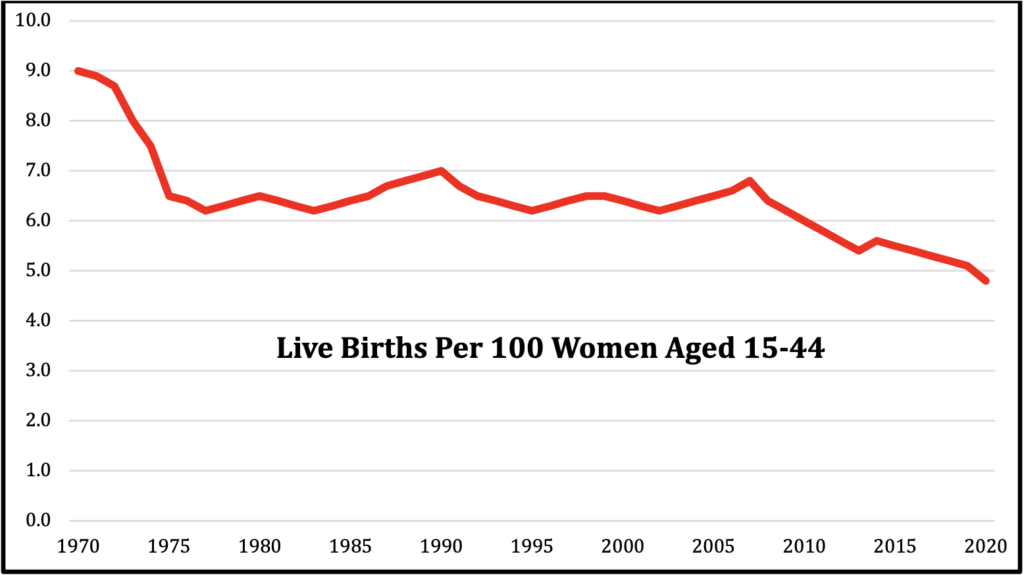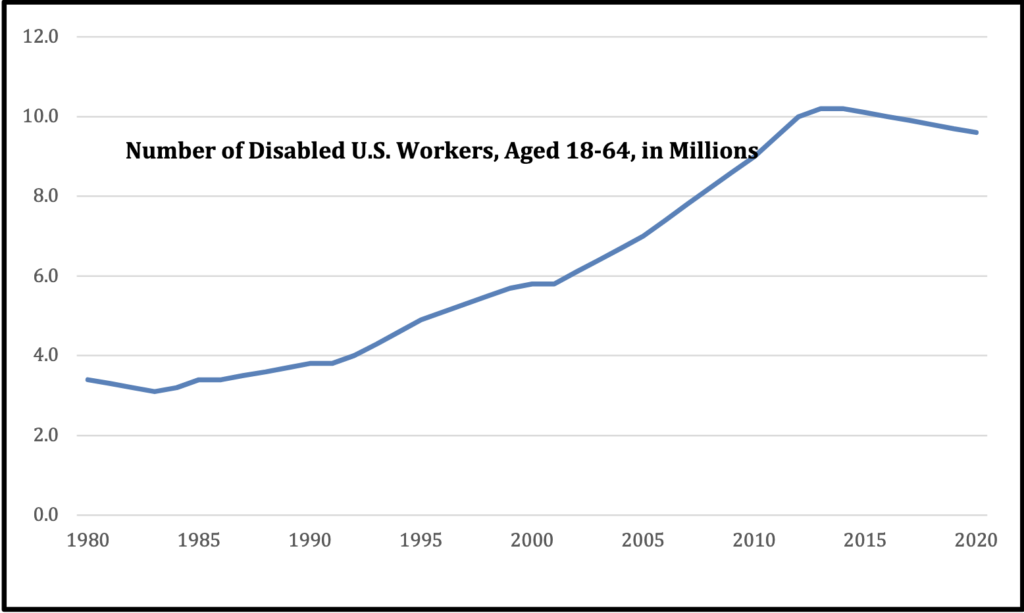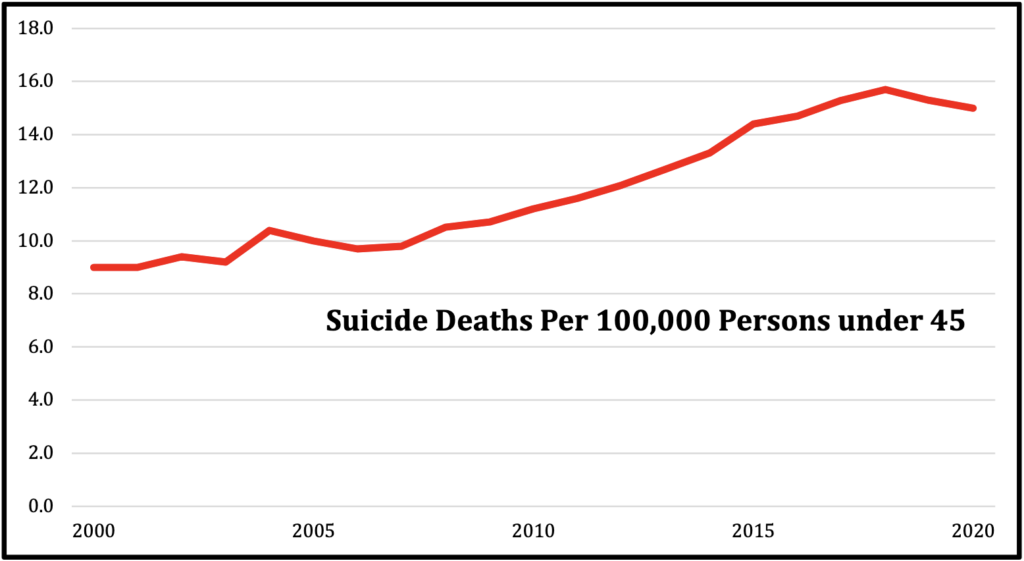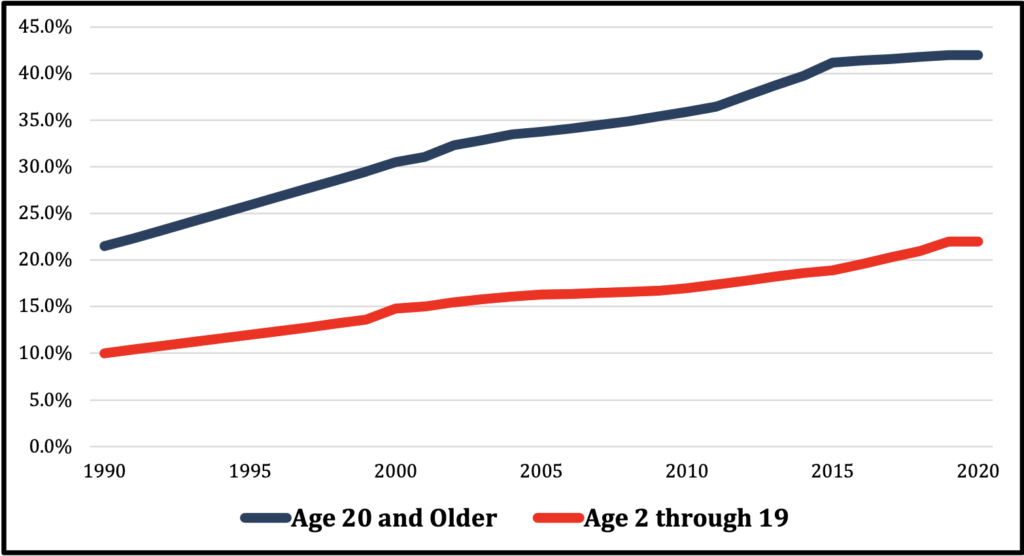November, 2022
Last week, voters in two states approved the legalization of recreational marijuana. Missouri and Maryland have joined what is a growing number of U.S. states in which recreational marijuana is legal. While North Dakota, South Dakota and Arkansas voters rejected legalization measures, it is striking to recognize the sheer number of law enforcement officers in the United States who are operating in jurisdictions in which recreational marijuana has been legalized at the state level. Meanwhile, at the federal level, there are clear signs that federal legalization of marijuana is increasingly likely in the years to come.
For law enforcement leaders, this changing landscape presents some significant challenges. In the midst of recruiting and retention crises, the most significant challenge may be the approach these leaders take to a new generation who not only have an extensive history of marijuana use, but are also increasingly likely to view off-duty marijuana use as a private matter. Agency leaders should act now, in cooperation with local elected officials and the community that they serve, to (1) determine whether off-duty marijuana use will continue to be prohibited in the event of federal legalization, (2) define the articulable job-related rationale for why this prohibition is necessary and (3) create fair and legally defensible testing and screening policies.
The Likelihood of Federal Legalization
Marijuana is a Schedule 1 drugi. Legal gun ownership requires that all citizens — including law enforcement hires — complete an ATF Form 4473 affirming that they are not an unlawful user of a controlled substance, including marijuana.ii Law enforcement agencies across the country often cite federal law in prohibiting off-duty marijuana use—most notably, under 18 U.S.C. § 922(g)(3), which states that no person “who is an unlawful user of or addicted to any controlled substance” may “possess . . . or . . . receive any firearm or ammunition.”iii
In the past year, however, elected officials at the federal level have shown an increasing interest in changing this law. On April 1, 2022, the House of Representatives voted in favor of removing marijuana from the list of scheduled substances under the Controlled Substances Act and eliminating criminal penalties for an individual who manufactures, distributes or possesses marijuana.iv
On October 6, 2022, President Biden made public statements in support of reconsidering the Schedule 1 status of marijuana. Biden stated, in part, “I am asking the Secretary of Health and Human Services and the Attorney General to initiate the administrative process to review expeditiously how marijuana is scheduled under federal law.”v
These political developments should not be entirely surprising in light of the continued increase in support for marijuana legalization across the country and across the political spectrum. A recent Gallup Poll found that 68% of Americans are in favor of marijuana legalization.vi And polls indicate that support is increasing among Democrats, Independents and Republicans.
The tide of public opinion in favor of legalization does not mean that there are not any detractors—as evidenced by voters’ rejection of proposed legalization in North Dakota, South Dakota and Arkansas last week. Despite 68% support for marijuana decriminalization, Americans are evenly split in their views about marijuana’s effect on society, with 49% considering it positive and 50% negative.vii Many public health experts and scientists continue to raise concerns about long-term marijuana use and cognitive ability.viii
Your community may be strongly opposed to the idea of law enforcement officers using marijuana. But what this national trend does clearly indicate, is that agency leaders will need to gauge community support for off-duty marijuana prohibitions and clearly articulate how this off-duty use impacts the public trust, such that regulating it is job-related and legally defensible.
Defining the Nexus Between Off-Duty Marijuana Use and On-Duty Work
If federal and state legalization were to become a reality in your jurisdiction, that does not necessarily mean that law enforcement officers cannot be held to a standard of conduct that is higher than what is the bare minimum of legal behavior. For well over a century, courts have recognized that police officers are routinely prohibited from engaging in behavior that would be otherwise lawful or even constitutionally protected. As far back as 1892, for instance, the Massachusetts Supreme Court held that, “[t]he petitioner may have a constitutional right to talk politics, but he has no constitutional right to be a policeman.”ix
“Conduct Unbecoming an Officer” standards exist, in large part, due to the recognition that the sensitive nature of police work requires officers to be held to a higher standard than the general public. Social media posts, inflammatory political activity and countless other legally protected off-duty actions can, and do, result in legally defensible discipline—up to and including termination—when the unique authority of a law enforcement officer’s job responsibilities is taken into account.
For many law enforcement agencies, however, federal legalization will require a specific articulation of marijuana prohibition that has not been necessary in the past. What seemed obvious 20 years ago is no longer so obvious, in light of legalization and cultural normalization. Many law enforcement leaders point to the difficulty in testing for marijuana impairment—as opposed to alcohol impairment—as rationale for prohibiting its use. But the simple fact that something is more difficult to test or detect seems unlikely to be a reasonable justification for prohibition in and of itself.
Agency policies will need to clearly define how off-duty marijuana use is substantially detrimental to an individual’s ability to perform that individual’s duties and/or is substantially disruptive to agency operations.
Practical Considerations
As we noted in a recent article on trends in police staffing, the pool of qualified applicants for police work is not only shrinking, but this problem shows no signs of turning around in the coming years.x This means that police leaders will be required to make difficult decisions regarding recruiting and retention, in light of the realities of available applicants, in the years ahead. We at the Dolan Consulting Group are strongly opposed to lowering hiring standards regarding honesty, morality and personal integrity, such as a past record of lying, severe mental illness or engaging in serious criminal behavior. But can we legitimately and realistically consider other existing standards, including marijuana use?
As we described in detail in the aforementioned article, it seems extremely unlikely that many agencies will be capable of providing the same law enforcement services that they have in the past if they continue staffing according to existing personnel policies. Is off-duty marijuana use similar to visible tattoos or beards—something once thought to be taboo for officers that has become permissible in light of new cultural norms? Are citizens unconcerned with whether an officer uses marijuana off-duty, if the alternative to accepting that behavior could mean increased wait times when calling 911 and a decreased police presence in their community? Or is off-duty marijuana use a more permanent red line issue for maintaining community support? This is a question that will be answered differently for different jurisdictions.
For those agencies that seek to take measures to minimize the risk of on-the-job impairment without instituting outright use prohibitions, the Federal Aviation Administration (FAA) approach to alcohol use for airline pilots offers a potential template. The “Bottle to Throttle” policy prohibits airline pilots from consuming alcohol within 8 hours of flying.xi Many airlines have increased that timeframe to further decrease the likelihood that significant amounts of alcohol are still in a pilot’s system while on-duty.xii Law enforcement agencies may want to consider a marijuana use policy similar to the “Bottle to Throttle” rule if they choose to place clear limits on off-duty use without opting for outright prohibition.
For those law enforcement leaders who will maintain a prohibition on off-duty marijuana use, it is necessary to lay out the community expectations and/or medical evidence of long-term impairment upon which the decision is based. It is also necessary to consider the widespread use of CBD, which is widely legal and advertised as an alternative to traditional pharmaceutical treatment for a variety of ailments that contains less than 0.3% THC. CBD products promise to treat ailments without the “high” associated with heightened THC. However, many drug testing methods currently in use can result in a positive test when the only product used by the officer was CBD.xiii Agency policies should also address the use of CBD, in addition to the use of marijuana. Drug Recognition techniques will likely need to be an integral part of drug testing and evidence of impairment may need to exceed a positive test result alone.
Conclusion
As law enforcement agencies grapple with how to respond to the prospect of state and federal legalization of marijuana, it seems clear that now is the time to develop policies and procedures in cooperation with the communities they serve. Agency leaders that wait for federal legalization before having these conversations may be most likely to see substantial discord and confusion if they are caught completely unprepared.
Views of personal marijuana use—whether from medical experts or the community at large—will continue to be contentious, and no attorney can answer these policy questions for your agency. But the conversations around policy and procedure should begin now so that your agency is prepared to make legally defensible personnel decisions if and when federal legalization becomes a reality.
About the Author
Matt Dolan is a licensed attorney who specializes in training and advising public safety agencies in matters of legal liability, risk management and ethical leadership. His training focuses on helping agency leaders create ethically and legally sound policies and procedures as a proactive means of minimizing liability and maximizing agency effectiveness.
A member of a law enforcement family dating back three generations, he serves as both Director and Public Safety Instructor with Dolan Consulting Group.
His training courses include Internal Affairs Investigations: Legal Liability and Best Practices, Supervisor Liability for Law Enforcement, Recruiting and Hiring for Law Enforcement, Confronting the Toxic Officer, Performance Evaluations for Public Safety, Making Discipline Stick®, and Confronting Bias in Law Enforcement.
Disclaimer: This article is not intended to constitute legal advice on a specific case. The information herein is presented for informational purposes only. Individual legal cases should be referred to proper legal counsel.
References
i U.S. Controlled Substances Act. 1971. Public law 91-513, Statutes at Large 84 Stat. 1236 a.k.a. 84 Stat. 1242.
ii 18 United States Code, Subsection 922(g)(3).
iii Ibid.
iv Weissman, Jonathan. “House Votes to Decriminalize Cannabis.” New York Times, April 1, 2022. Accessed: https://www.nytimes.com/2022/04/01/us/politics/marijuana-legalization.html
v The White House. Statement from President Biden on Marijuana Reform. October 6, 2022. Accessed: https://www.whitehouse.gov/briefing-room/statements-releases/2022/10/06/statement-from-president-biden-on-marijuana-reform/
vi Brenan, Megan. “Support for Legal Marijuana Inches Up to New High of 68%.” Gallup News. November 09, 2020. Accessed: https://news.gallup.com/poll/323582/support-legal-marijuana-inches-new-high.aspx
vii Saad, Lydia. “Americans Not Convinced Marijuana Benefits Society.” Gallup News. August 16, 2022. Accessed: https://news.gallup.com/poll/396893/americans-not-convinced-marijuana-benefits-society.aspx
viii See, for example: Hall W, Lynskey M. (2016). Long-term marijuana use and cognitive impairment in middle age. JAMA: Journal of the American Medical Association: Internal Medicine, 176(3), 362–363; Hernandez, Caesar M., Caitlin A Orsini, Shelby L Blaes, Jennifer L Bizon, Marcelo Febo, Adriaan W Bruijnzeel, & Barry Setlow. (2022). Effects of repeated adolescent exposure to cannabis smoke on cognitive outcomes in adulthood. Journal of Psychopharmacology, 35(7), 848-863; Meier, Madeline H., Avshalom Caspi, Annchen R. Knodt, Wayne Hall, Antony Ambler, HonaLee Harrington, Sean Hogan, Renate M. Houts, Richie Poulton, Sandhya Ramrakha, Ahmad R. Hariri, & Terrie E. Moffitt. (2022). Long-term cannabis use and cognitive reserves and hippocampal volume in midlife. American Journal of Psychiatry, 179(5), 362-374; Morrison, Paul D., & Robin M. Murray. (2022). Cannabis points to the synaptic pathology of mental disorders: how aberrant synaptic components disrupt the highest psychological functions. Dialogues in Clinical Neuroscience, 22(3), 251-258; Salmanzadeh, Hamed, S. Mohammad Ahmadi-Soleimani, Narges Pachenari, Maryam Azadi, Robert F. Halliwell, Tiziana Rubino, & Hossein Azizi. (2020). Adolescent drug exposure: A review of evidence for the development of persistent changes in brain function. Brain Research Bulletin, 156, 105-117.
ix McAuliffe v. Mayor of New Bedford, 155 Mass. 216, 220 (1892).
x Dolan, Matt, & Richard R. Johnson. (2022) Weathering the Storm in Police Staffing? Raleigh, NC: Dolan Consulting Group. Accessed: https://www.dolanconsultinggroup.com/news/weathering-the-storm-in-police-staffing/
xi Hetter, Katia, & Marnie Hunter. “What are the alcohol rules for US airline pilots?” CNN. August 1, 2019. Accessed: https://www.cnn.com/travel/article/airline-pilot-alcohol-policies/index.html
xii Ibid.
xiii Booth, Jessica & Jessica Cho, M.D. “Does CBD Show Up on a Drug Test?” Forbes. June 16, 2022, Accessed: https://bit.ly/3X5NUHg





